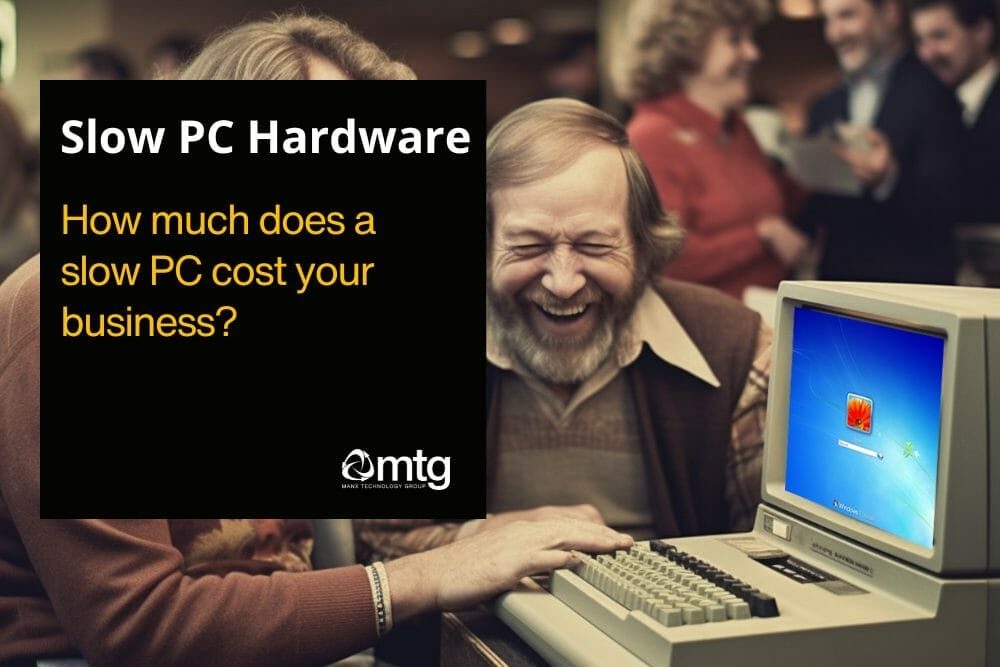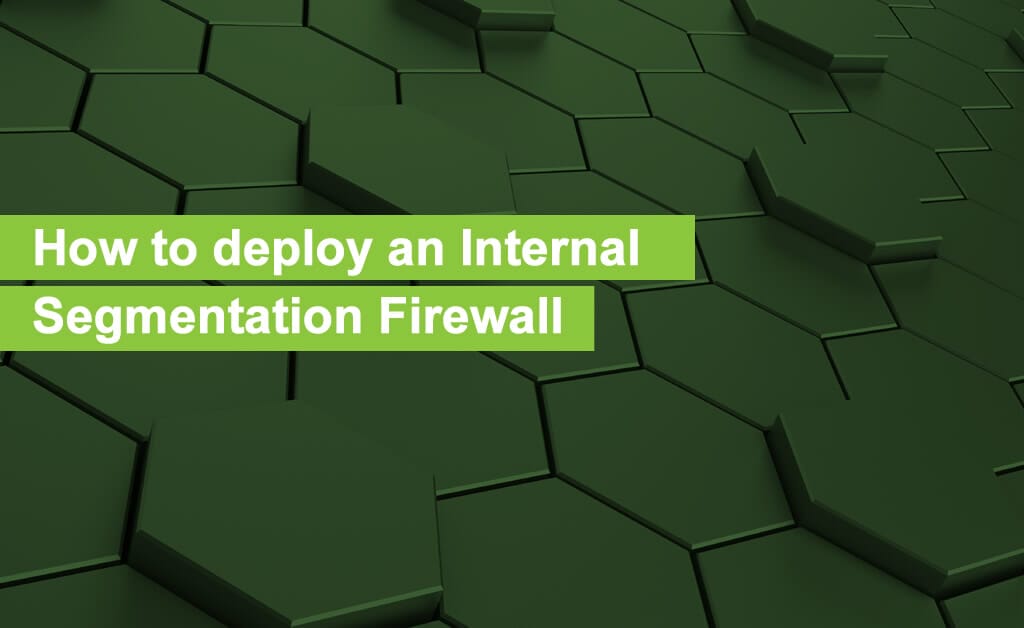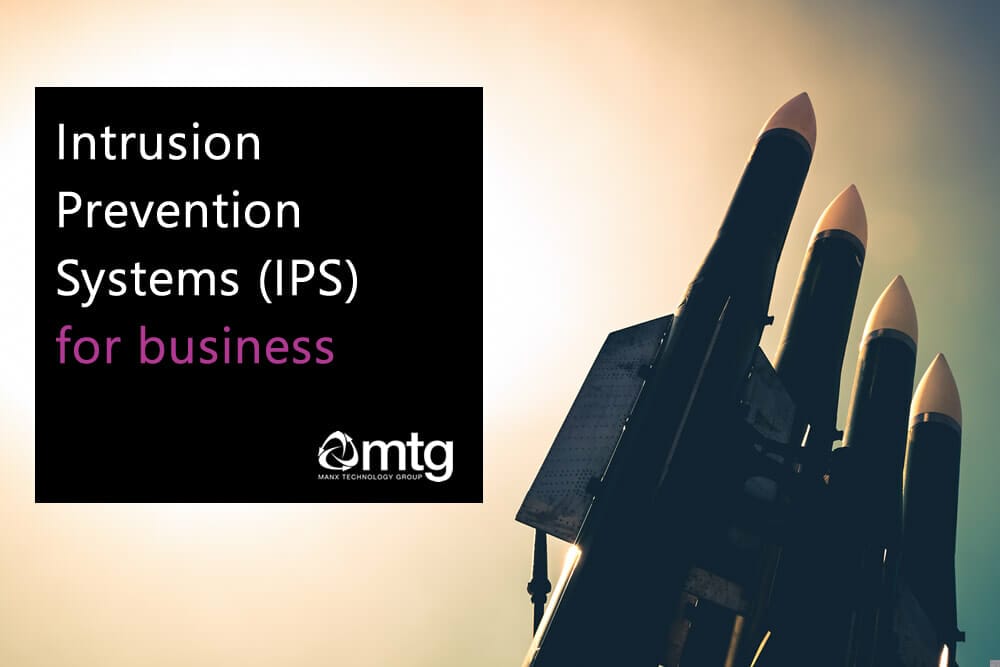A slow PC can seriously impact productivity in your business, resulting in a cost to your bottom line. A slow or poorly performing PC translates to lost productivity and frustrated staff members.
You’ve likely heard statements like “it’s running slow today” or “oh, it always does that” from your employees. These statements usually occur when they switch on their PCs in the morning, load applications, or open large spreadsheets. Many factors contribute to this sluggish performance, including a lack of proactive Windows maintenance, inadequate system optimisation, internet bottlenecks, server issues, or – most commonly – outdated computer systems.
The average PC user in the UK can spend 130 hours each year waiting for their computer to load!
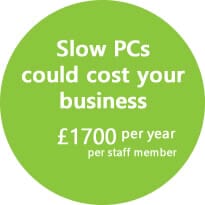
As computer hardware becomes more reliable, brands like Fujitsu, Dell, and HP systems can easily operate for five years or more. However, the demands on modern IT systems are increasing. With the introduction of Windows 11, Microsoft 365, and other key line-of-business applications, your computer systems face greater strain on storage, CPU, and memory.
If your ageing system can’t keep up, your end-users will experience a noticeable slowdown. Symptoms of underperformance include Excel taking ages to open large spreadsheets, export routines from Sage freezing, and opening multiple tabs in Edge causing the hard disk to grind.
Digital Downtime in Numbers
Various studies have attempted to quantify the impact of poor IT performance and slow PCs on the bottom line. Sandisk estimated that UK users spend an average of 130 hours each year waiting for their computers to load! Even if we take a more conservative estimate of 50 hours per year, that’s still a significant amount of wasted time. Additionally, productivity can be impacted by up to 5 minutes per hour due to computer hangs, pauses, or delays.
So what is the cost?
Quantifying the commercial impact is a straightforward exercise.
- Assume a user experiences a slowdown for 5 minutes each hour, and they work 7.5 hours per day.
- This translates to a loss of productivity for almost 40 minutes each day or around 3 hours per week.
- In a year, that amounts to approximately 145 hours of lost productivity (220 days x 40 minutes).
- With a salary of £20,000 per year (~£12 per hour), the estimated opportunity cost is £1,740 per user (excluding employers NI).
There are many variations of the above; the amount of time it takes to boot a PC in the morning, the time needed to call your IT support company or paying a third party to troubleshoot an issue. As the saying goes, good money after bad.
These costs may increase when you factor in supervisors, managers, or directors. Remember, time is money! If you have six workstations dating back to 2009, that could be costing you £10k per year – yet these could be replaced for £2-£3k. Invest in upgrading your IT systems and save thousands! Contact us now for a consultation.
What about the operating system?
Putting aside the hardware issue for one minute, you must also consider the operating system.
Invariably older PCs still have old versions of Windows installed. This may include Windows 8, Windows 7 and Windows XP (but hopefully not!). Windows 10 is the latest flagship OS and whilst this delivers many improvements, the experience will not be great on pre-2015 hardware.
Statistics
- A study conducted by Crucial in 2019 revealed that slow computers cost UK office workers an average of 29 minutes per day, adding up to 21 wasted workdays per year. This means that slow PCs can cost businesses more than a month of lost productivity per employee annually.
- According to a study by StorageCraft, 65% of small and medium-sized businesses (SMBs) in the UK reported that hardware failure was the primary cause of IT downtime. The average cost of IT downtime for SMBs was £7,235 per minute in 2020.
- A 2020 study by Nexthink found that employees in the UK and US experienced an average of 28 digital disruptions per day, leading to a productivity loss of 1 hour and 12 minutes daily. These disruptions included slow application loading times, slow response times, and system crashes.
What is the solution?
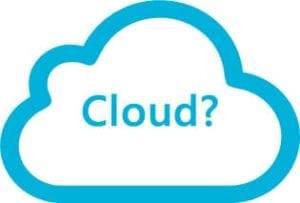
There are a few options.
- Upgrade your existing PCs. Adding more memory or upgrading the SSD might provide a performance boost, but it’s crucial to understand the root cause before upgrading. Combining Windows 11 and an SSD is a good option.
- Service, tune-up, or reinstall the PC. A build-up of old files and clutter causes many slowdowns. However, an old PC is often just old and slow. Remember the ‘good money after bad’ statement.
- Replace. A simple solution is to replace – invariably delivering a positive ROI. Replacing the PCs with a modern desktop or laptop from a vendor such as Fujitsu or Dell should inject a new level of performance, make boot times faster, and improve productivity for the end users. Modern computing is more affordable than ever, with powerful desktops available for as little as £400.00. When a tune-up makes no sense, the best solution is often purchasing new systems rather than continuing with the slow PC cost.
- Change the IT delivery model. A move to thin clients or ‘cloud computing’ offers another upgrade path rather than simply replacing the ‘tin’. In a hosted desktop environment, the server does the grunt work, meaning there is the minimal resource required on the end user’s PC. MTG has seen a growing shift from traditional desktops to cloud environments, often with positive results. The pros and cons of cloud-delivered IT are beyond the scope of this article, but a change in the IT delivery model is another viable path towards quicker IT. Windows 365 is a great alternative to traditional desktops.
Eliminate Digital Downtime
Rid your business of Digital Downtime and the costs associated with slow PC hardware. Speak to MTG about auditing your existing IT environment, identifying sources of slowdown, and making pragmatic recommendations for improvement.
For clients whose MTG manages IT, we already have a record of your hardware’s age, warranty status, OS age, and upgrade paths. For new customers, MTG regularly audits environments and makes recommendations that suit your needs and budget.
How can we help?
- Our team can run an automated audit of your network, identifying all desktop, laptop, and server hardware in use.
- Our systems will connect to vendor systems to determine the age and warranty status.
- We can formulate a replacement plan/budget with you, replacing the ageing hardware with modern equivalents.
Speak to us today or use the contact form on our website.
How can we help?
- Our team can run an automated audit of your network, identifying all desktop, laptop and server hardware in use.
- Our systems will connect to vendor systems to determine the age and warranty status.
- We can formulate a replacement plan/budget with you, replacing the ageing hardware with modern equivalents.
Speak to us today or use the contact form on our website.
IT as a Service
IT-as-a-Service (ITaaS) is an IT delivery model offered by MTG that provides end-user computing and IT services as an operational expense (opex). By charging a fixed monthly fee, our customers get a high-performance IT environment delivered using traditional desktops, modern cloud services or a combination of the two (hybrid).
ITaaS offers a predictable monthly fee and our IT support service ensures the desktop, server and cloud environments are always optimised – delivering consistently high levels of performance, eliminating any trace of “Digital Downtime”

